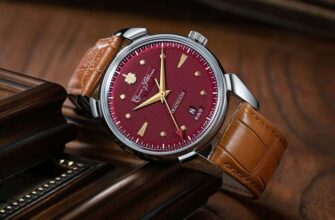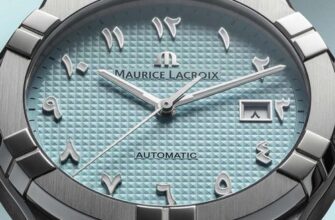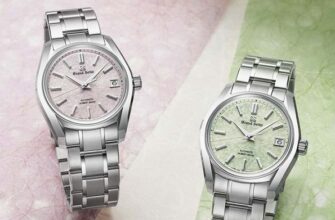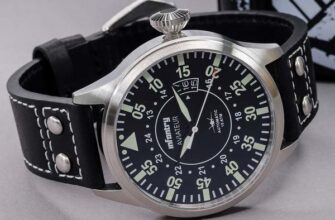Clockwise and counterclockwise - why do we call these two directions of rotation so? It's hard to say for sure, but there are two versions. The first is purely physiological: right-handed people predominate in the world, the share of left-handers is noticeably 15%. And it is much more convenient for a right-handed person, for example, to tighten a screw in the direction that is usually called “clockwise” - that’s why threads are most often cut this way. So the clock hands have historically turned in the same direction.
The second version is associated with the writing of most peoples of the world. It is customary for them that the line begins on the left, and you need to write to the right. On the watch dial it is similar: the hand starts its movement from the position “12” (also known as “0”) and goes to the right.
There are, however, languages in which they write the other way around - from right to left. And this is not only Hebrew, which is used by a relatively small part of the world’s population, but also the much more “populous” Arabic, which is also considered sacred - and, by the way, for almost 25% of humanity!

Therefore, it is not difficult to find reasons for the existence of “anti-clocks”, that is, those in which the hands go “in reverse”. Of course, in those countries where they write from right to left, the usual “clockwise” direction also dominates. But clocks that go “from right to left” nevertheless exist, at least as an exotic watch. Let's consider some of them.
Imagine that you are flying in a helicopter. Look up, the main rotor blades flash there. Almost all helicopters have rotors that rotate clockwise, and only Soviet (Russian) helicopters rotate counterclockwise. They say that this decision was made personally by Stalin. Technically, it makes absolutely no difference, but the leader allegedly told the chief designer: “Comrade Mil, we will not copy the American imperialists. Launch your propeller in the other direction!
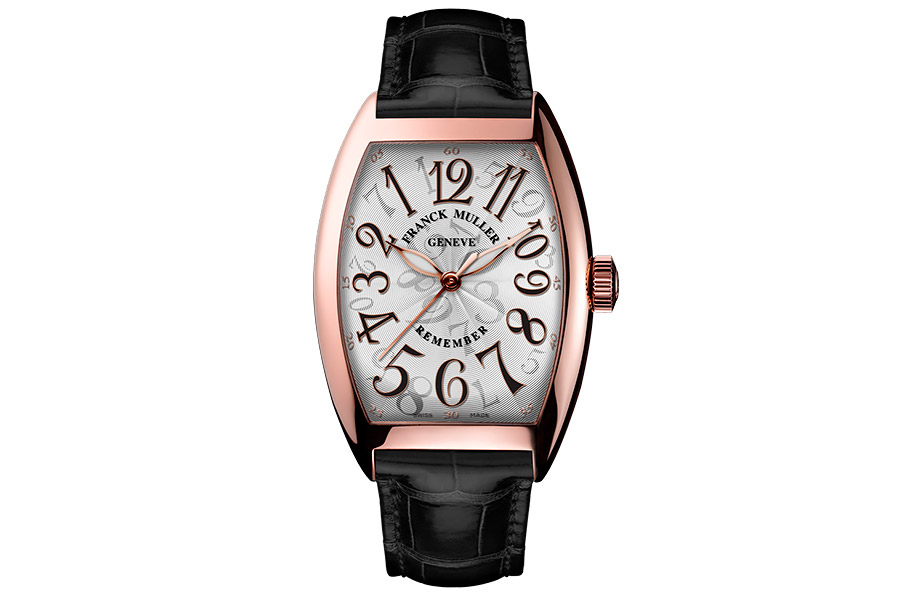
Let's start our review of “anti watches” with a product from the Swiss manufactory Franck Muller. “Maestro of Complications” Frank Muller did not create anything new for quite a long time, but decided to remind himself and released the Cintree Curvex Remember model (the last word is translated as “remember”). He equipped the well-known ETA 2892 movement with an additional transmission unit to reverse the movement of the hands; The result was the caliber FM 2800 INV (the designation INV hints at this very inversion). Muller was generous and made quite a few versions of the Remember watch: all of them are in the proprietary Cintree Curvex case, but there is a large one (36 x 50,4 mm) and a small one (31 x 43), there is a steel one, in white or rose gold. Prices are quite high: from 11000 to 22600 euros.
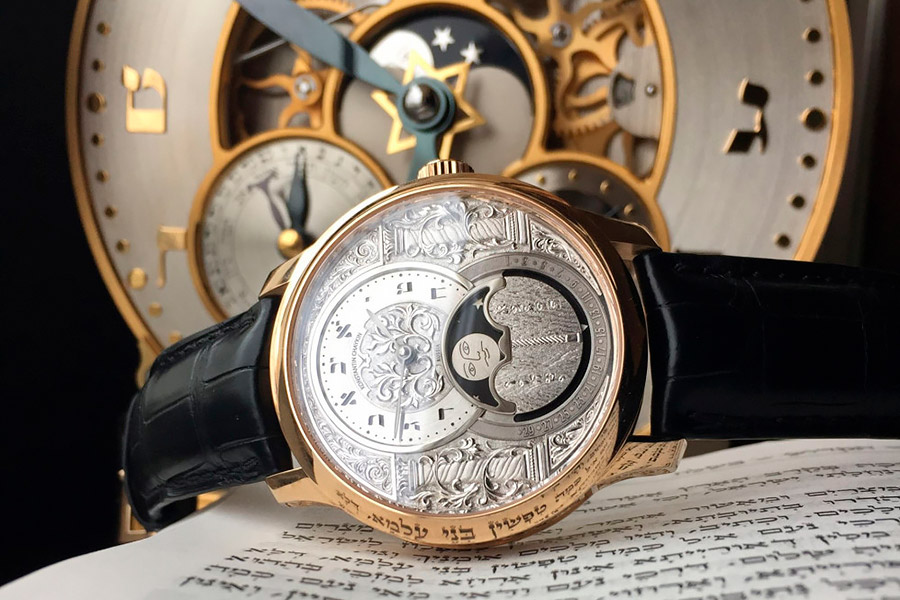
It is worth noting Konstantin Chaykin, also a full member of the “major league of haute horlogerie”; his work is more sophisticated. The dial of the Konstantin Chaykin Decalogue Rega watch is marked in Hebrew letters (except for the manufacturer's logo), and the seconds counter is decorated with the Star of David. Caliber KDL 01-0 provides an indication of hours, minutes, moon phases, as well as specific units of time - helekim and regaim. According to Jewish tradition, an hour is divided into 1080 helekim, and each of them into 76 regaim. Who needs it these days is a big question, but Chaykin's art is certainly impressive. The price of the watch, clad in a 40 mm rose gold case, is about 15 euros.
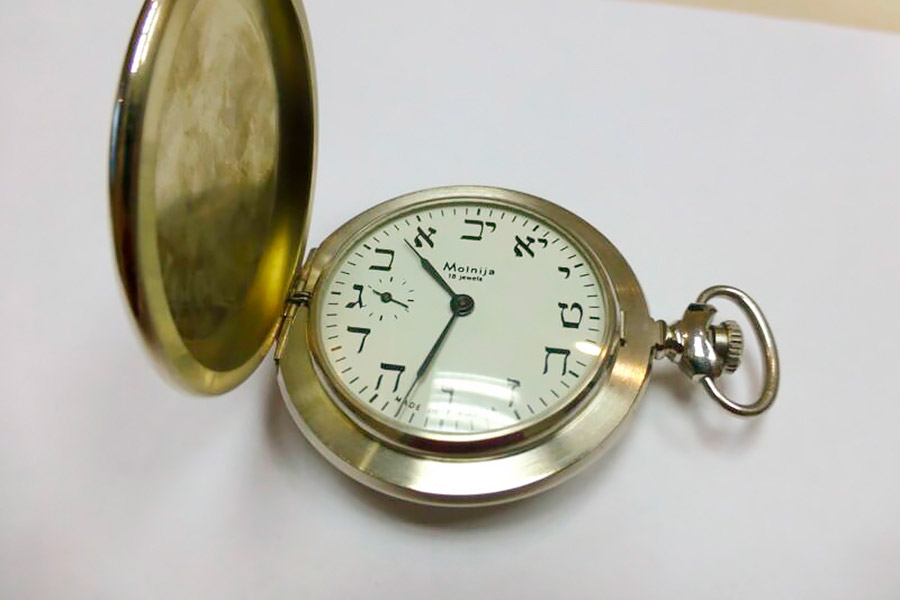
We will also show the Molniya pocket watch from the Chelyabinsk Watch Factory. All indications are also Hebrew (except for the “Lightning”, “15 jewels” and “Made in Russia” markings), and the crown must be turned towards you. In 2001, V.V. Putin presented such a watch to the head of the Jewish Autonomous Region N.M. Volkov, calling it “kosher.” Nowadays the “Molniya” with reverse motion is a rarity, but you can find it on the secondary market, and the price is pleasant - about 200 euros.

The young British company No-Watch offers its products even more inexpensively – for about 100 euros. Let's highlight the Hijrah model, the mechanism of which, based on the quartz Miyota 2037, is marked with the word Tawaf. Everything is more than serious: this Arabic word refers to our planet, which actually rotates around its axis also counterclockwise. So the concept of Tawaf is considered sacred! The hour indices on the dial are marked in Hijrah with Arabic numerals, but not the ones we use, but in the original style, as in the Koran.
Probably, for some balance, No-Watch also produces “anti-watches”, digitized in Hebrew, they are called Zman Avar, which translates as “burning time”. In all other respects they are identical to the Arabic version.

The Swiss company Azimuth specializes in the exotic, even shocking. In its brand book there are many one-of-a-kind watches, including the Back in Time Black Pilot LE120 pcs watch, noticeable by the location of the crown on the left, and even more so by the mirror design of Arabic (regular) numerals. The price on the secondary market is about 1000 euros.
In our opinion, all “anti watches”, from the most expensive to the most budget ones, are united by the fact that they are not particularly easy to use, but they are very possible to attract attention.




